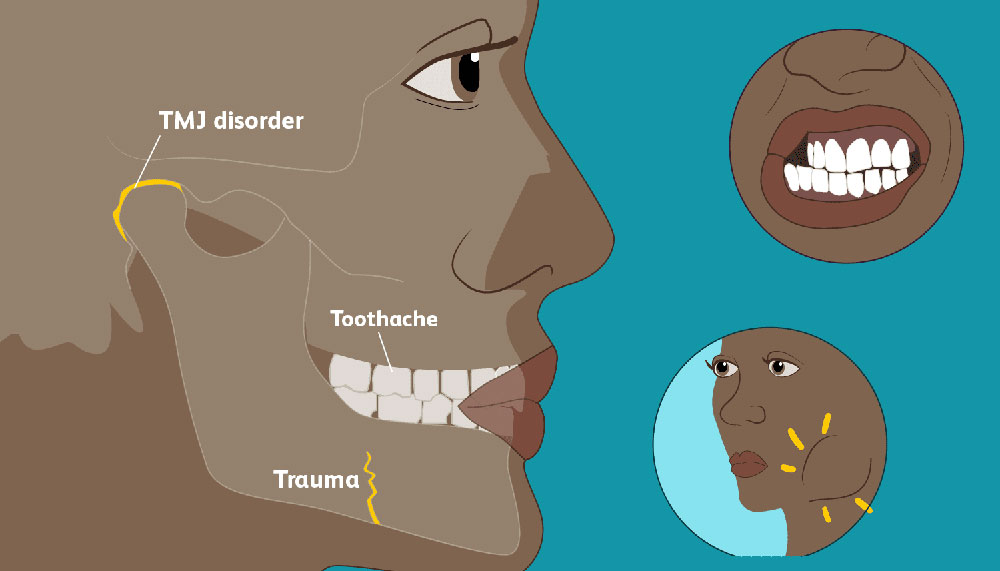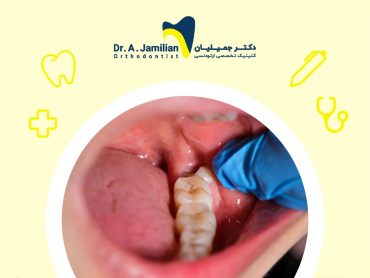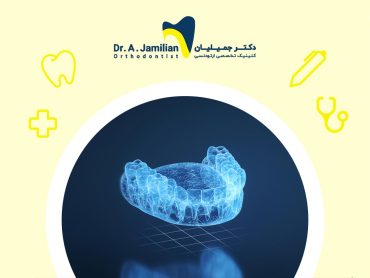One-sided mastication is not good for your teeth or temporomandibular joint at all, and one should not get used to one-sided mastication even after losing the teeth on one side.
One-sided mastication would be an example of chewing food one side of your mouth, chewing gum on one side of your mouth, and etc. One-sided mastication causes damage to your temporomandibular joint. The mandibular joint is the only movable joint between the head and face, and is incidentally a very busy joint that opens and closes the mouth. This joint is located between the mandible and the skull. It’s used every time one talks, eats or opens their mouth. Thus, making it an important joint in your body. Habits such as bruxism, grinding teeth due to stress and anxiety, and one-sided mastication puts a lot of pressure on this joint and may cause long-term joint, head, and neck muscle pain.

Side Effects of unilateral chewing food
One-sided mastication damages the teeth and gums on one side. In case of losing one or multiple teeth on one side of the mouth, the patient should either use that side of the jaw less frequently or not use it at all. Not using one side of the jaw prevents the teeth from being cleaned, and leads to plaque formation. Since eating is helpful for cleaning teeth and maintaining gum health, one-sided eating increases gum pain in addition to making the person susceptible to tooth decay.
One-sided mastication habit changes the occlusal surface, which is able to cause asymmetric occlusion in severe cases, affecting the shape, appearance of the person as well.
On top of this, it is able to create germs on the opposing teeth and gum disease which may cause gingival recession. Patient’s with one-sided mastication aren’t effectively using half of their mouth. This causes germ formation, gingival recession, and long-term gum disease. One-sided mastication is also harmful for dentures. if you have a denture in your mouth, chew on both sides, because one-sided mastication will cause misalignment and destabilization.
Frequently Asked Questions about Chewing on One Side
1- Does chewing on one side cause facial asymmetry?
Jaw joints known as TMJ are a focal point for all of the jaw movements such as talking and chewing food. For example, if you habitually chew food on one side, the teeth that are used more on that side wear down much more than the ones on the other side. This is due to overuse and increased function. This results in tooth wear and deviation to one side leading to facial asymmetry.
2- Does chewing on one side cause problems?
It is generally accepted that chewing on one side has a potential damaging effect on the temporomandibular joint (TMJ). Habitual chewing side syndrome often causes plaque accumulation on the other side which leads to tooth decay and gum and periodontal diseases.
3- Is chewing on one side common?
Chewing on one side is natural but not exclusive. You have to chew intermittently so that you use both sides of the jaw muscles in order for them to be similar in size and strength.
4- What are the harmful effects of chewing on one side?
Both right and left temporomandibular joints (TMJ) guide support the lower jaw while chewing. Studies have shown that while chewing on one side, TMJ on the opposite side where the food is not chewed receives the most of the stress. Therefore, when food is chewed only on the right side, TMJ on the left side is under the most stress and vice versa.







